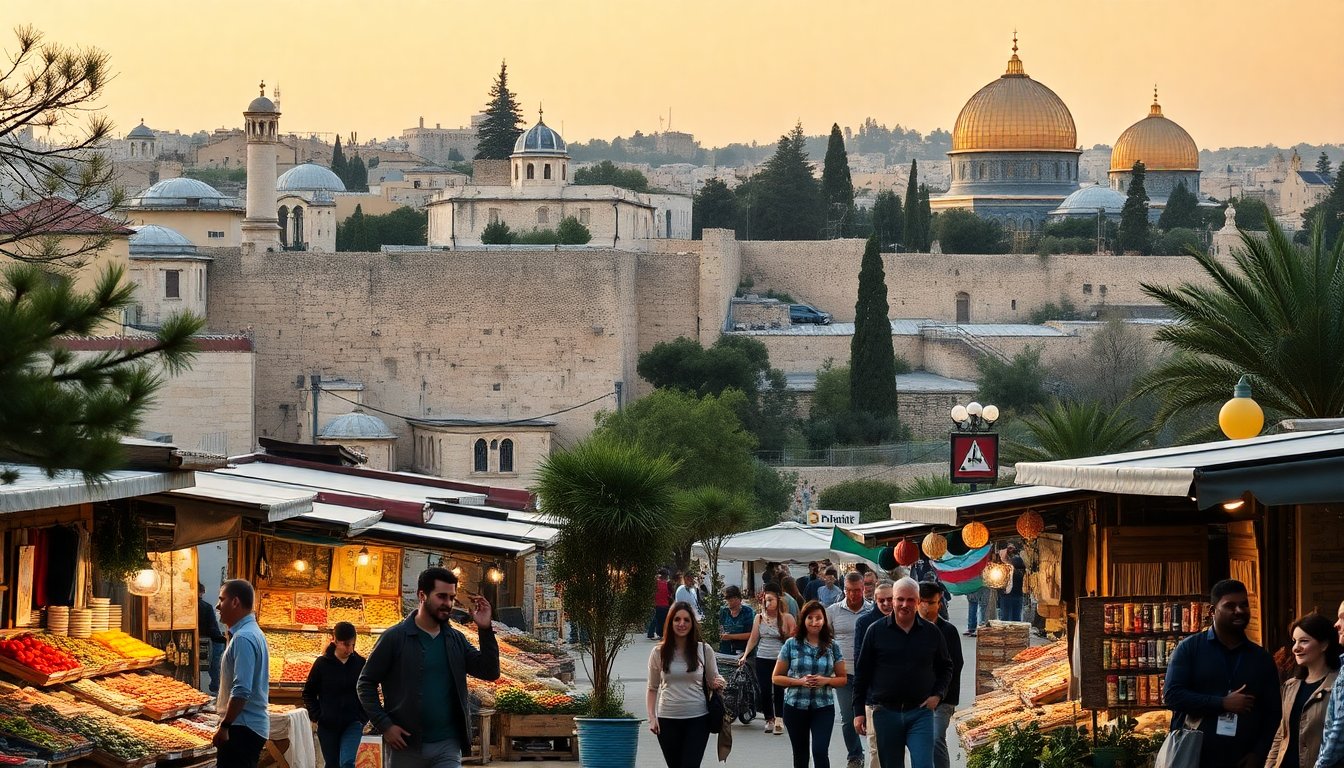Table of Contents
The narrative surrounding peace in the Middle East has recently taken a hopeful turn, with leaders announcing a new era of cooperation and understanding. However, as initial enthusiasm fades, it becomes evident that the path to stable and lasting peace is fraught with challenges that require careful navigation. This article examines the intricacies of these developments and the work necessary to foster genuine harmony in the region.
The optimistic outlook following recent agreements
The announcement of renewed diplomatic relations among several Middle Eastern nations has generated widespread enthusiasm. Proponents view this as a significant step forward, suggesting it marks a new chapter in regional diplomacy. The potential for improved trade, security collaborations, and cultural exchanges could lead to a transformative impact on the societies involved.
Key players in the peace process
Central to this narrative are influential leaders who have taken bold steps toward reconciliation. Their willingness to engage in dialogue has raised hopes not only in their own countries but also globally. For example, recent agreements have established a foundation for cooperation on critical issues such as security and economic development. Nonetheless, the question remains whether these efforts can maintain momentum in the face of entrenched divisions.
Unpacking the complexities of achieving lasting peace
While the initial enthusiasm surrounding these agreements is palpable, the road to enduring peace is littered with obstacles. Distrust remains a significant barrier, deeply rooted in decades of conflict and political discord. The challenge now is to transform this optimism into actionable strategies that address the underlying issues fueling discord.
Addressing historical grievances
One of the most pressing tasks is to confront the historical grievances that persist among various factions. These grievances include territorial disputes, cultural differences, and economic inequalities. Acknowledging these issues is crucial for building a foundation of trust. Without this acknowledgment, any agreement risks appearing superficial, potentially leading to further resentment and conflict in the future.
The role of the international community and stakeholders
The international community plays a pivotal role in supporting the peace process. Global powers must remain engaged, offering mediation and resources to facilitate dialogue among conflicting parties. Additionally, they can help ensure that commitments made are followed through, fostering an environment where peace can flourish.
Ensuring accountability and support
Ensuring accountability for all parties involved is vital. This entails monitoring compliance with agreements and providing support for programs that promote reconciliation and community-building. Initiatives focusing on education and economic development can help bridge divides, offering tangible benefits that encourage collaboration and mutual respect.
Moreover, grassroots movements play an essential role. Local communities must be empowered to participate in the peace process, as they are often the most affected by conflict. Their voices and experiences are crucial in shaping strategies that are culturally sensitive and effective in promoting lasting peace.
While recent diplomatic advancements in the Middle East have sparked optimism, the reality of achieving lasting peace is complex and multifaceted. It requires a concerted effort from local leaders, the international community, and grassroots movements alike. Moving forward, it is imperative to remain vigilant and proactive in addressing the underlying issues that can hinder progress. Only then can we hope to realize the dream of a truly peaceful Middle East.


